Does growing a vegetable garden sound like something you'd like to do, but you don't feel equipped? So, here's the deal. Find some dirt, and then plant. It's that simple. If you want to grow food, the first step is to find some dirt. Consider the usable ground you have. Take a look around. Maybe it's that patch of front lawn that you're tired of mowing, or haven't mowed at all. Could it be the bare spot in the back where the dog likes to poop? Step One is to find some dirt, and don't be judgy about the dirt you have. Your dirt is full of potential.
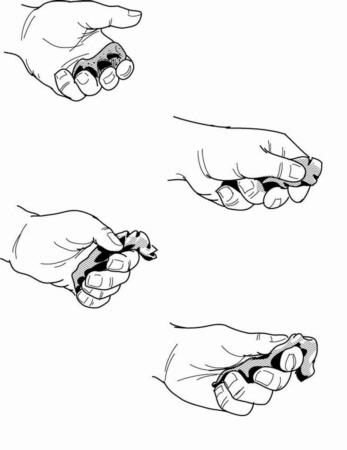
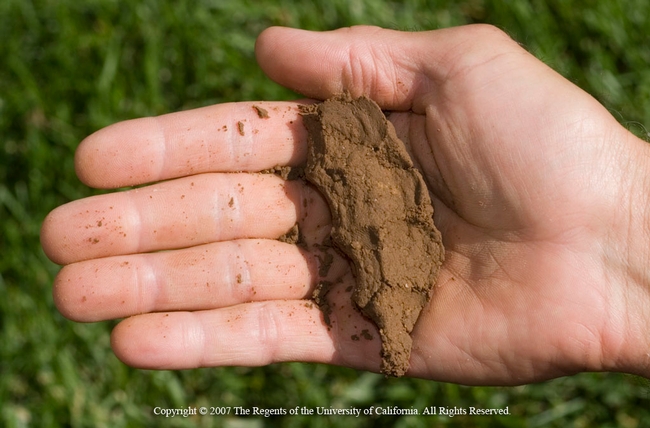
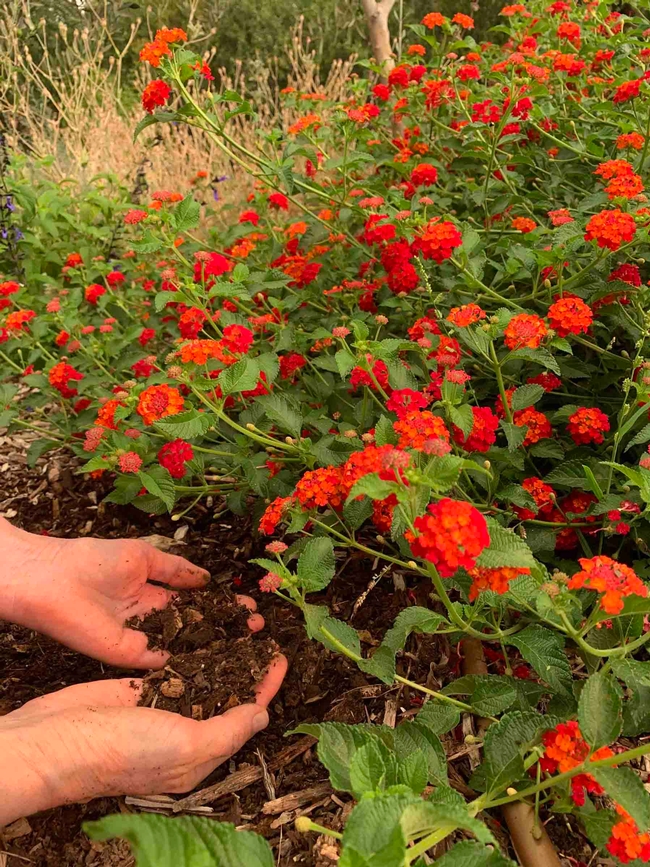
Your objective is to give your dirt some tender loving care, and your soil will return the favor by giving you healthier plants and better produce. Your soil's mineral composition is what it is, but one element we can be altered is organic material. No matter what kind of dirt you have, adding organic matter will make it better. Organic materials include grass clippings, fallen leaves, straw, wood chips and bark, hulls, plant clippings (chopped small) and everyone's favorite...manure. Now, here's an important point: it takes time for the organic materials to break down and start to enrich the soil, to become usable to plants. So, what's the best and quickest way to get those things into your soil? Compost. Compost is already mostly decomposed organic matter, so it mixes into the soil and continues to decompose slowly, releasing nutrients to plants and improving soil texture. Compost costs money, but you can also make your own in as little as 2 to 3 weeks at little or no cost. This article has a complete description of DIY compost: Compost in a Hurry (UC ANR Publication 8037).
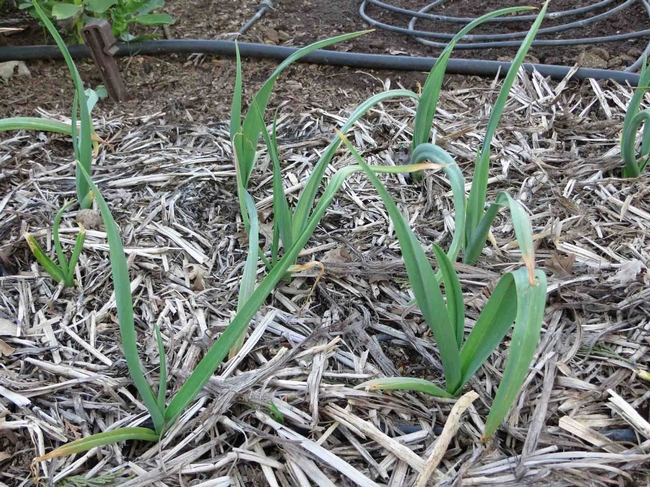
Think of mulching as another method of composting that involves placing a thick layer of organic matter on top of the soil and letting it decompose very slowly. It's even better to put a layer of newspaper or cardboard on the ground first, wet it, and then spread out the organic material on top, about 4 inches thick. The organic matter and the paper or cardboard underneath will break down over the next 6 to 10 months. To add plants, push aside the mulch, expose the paper or cardboard, and cut an "X" large enough to accommodate your plant. Fold back the flaps, dig a hole, and add your plant. When done, lay the flaps back in place and re-cover with mulch. Remember that front lawn that you're thinking could be a vegetable garden? This method of sheet mulching is one way you get rid of the grass! Cover it, mulch it, forget about it. If you want to learn more about lawn removal, here's an article containing complete instructions: Lawn Removal: Do It Right.
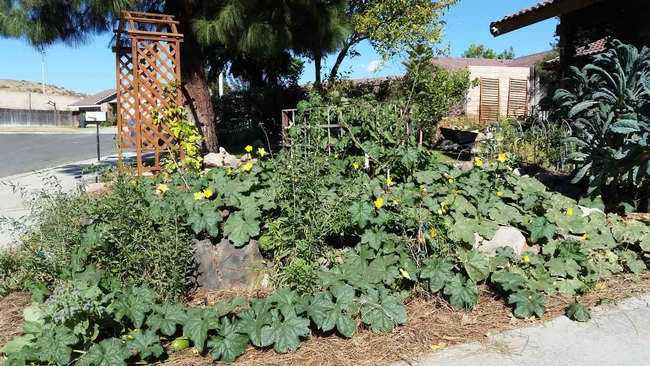
UC Master Gardeners of Butte County are part of the University of California Cooperative Extension (UCCE) system. To learn more about us and our upcoming events, and for help with gardening in our area, visit our website. If you have a gardening question or problem, email the Hotline at mgbutte@ucanr.edu or leave a phone message on our Hotline at (530) 538-7201. To speak to a Master Gardener about a gardening issue, or to drop by the MG office during Hotline hours, see the most current information on our Ask Us Hotline webpage.
Imagine a healthy garden that grows, blooms, and produces food for you, your family and your neighbors, a garden that costs you very little money because everything it needs is already provided. Welcome to the sustainable garden! The Cambridge Dictionary defines sustainable as “causing little or no damage to the environment and therefore able to continue for a long time.” Sustainable gardens are resource efficient and able to perform their intended functions indefinitely with minimal negative impact on the environment. A garden that grows and produces well, doesn't drain resources and money, and has a positive impact on the environment: this sounds like any gardener's dream, right? But it's not difficult to achieve. You can create a sustainable garden in your own yard by following some simple techniques.
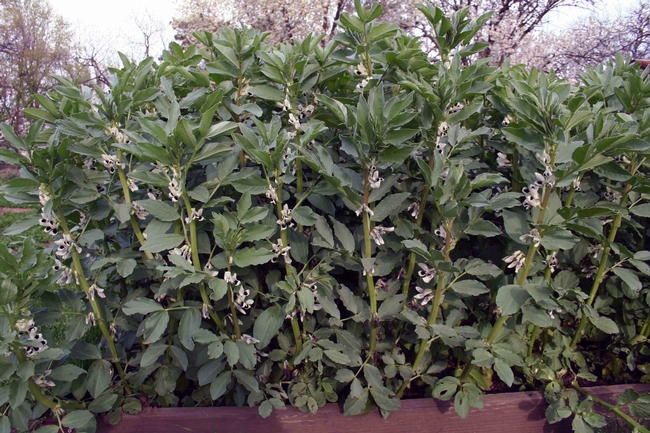
Placer County Master Gardener Elaine Kelly Applebaum writes “What we do in our home gardens can greatly impact the environment, for better or worse. By making the right choices of what to grow and how to care for our landscapes, we can make a positive difference, not only in the health of the environment, but in our own health as well, now and into the future.”
One simple example of a sustainable gardening practice is to select the right plant for the right area of your yard, making sure that the plant will get the correct amount of sunlight and have adequate space to grow. Every yard has different “zones” that are appropriate for different kinds of plants: places that are sunnier or shadier, areas that have better or less good growing conditions for particular plants. You can observe hours of sunlight throughout the day for each season of the year and select plants accordingly. You can also make sure that when plants get larger they will not be cramped for space. This may seem like a “no brainer,” but the truth is that people often fail to place plants in locations where they will thrive.
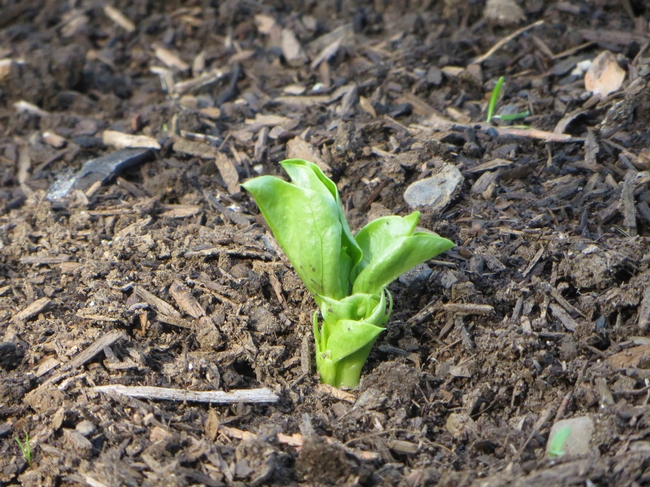
Compost is dug into the soil or laid on the surface, where it continues to decompose and release nutrients into the soil. A sustainable practice that goes hand in hand with composting is mulching, which involves laying organic material in a thick layer (four to six inches) on top of the ground around your plants. Wood chips, sawdust, chopped leaves and straw are examples of organic materials useful for this purpose. Mulch breaks down slowly over six to ten months, suppressing weeds and conserving water as it does so.
Growing your own manure is an easy way to feed your soil; and no, you don't have to fill your front yard with goats! Cover cropping, a sustainable cultural practice in use for over 3,000 years, involves growing a crop specifically to cover and protect the soil from erosion; a cover crop that is chopped up and turned back into or onto the soil is referred to as “green manure.” Since ancient times, cover crops such as legumes, clover, mustards and grasses like wheat or rye have been grown specifically to protect and enrich the soil. Green manure feeds your soil (by increasing soil organic material and nitrogen), aerates (by penetrating compacted soil and improving soil structure), improves water infiltration and retention, and provides food and habitat for soil microorganisms, beneficial insects and pollinators. Best of all, if you grow your own green manure, you will reduce or eliminate the need to buy fertilizer! For details on cover cropping see Choosing & Using Cover Crops in the Home Garden & Orchard and Improve Your Garden Soil: Grow a Cover Crop.
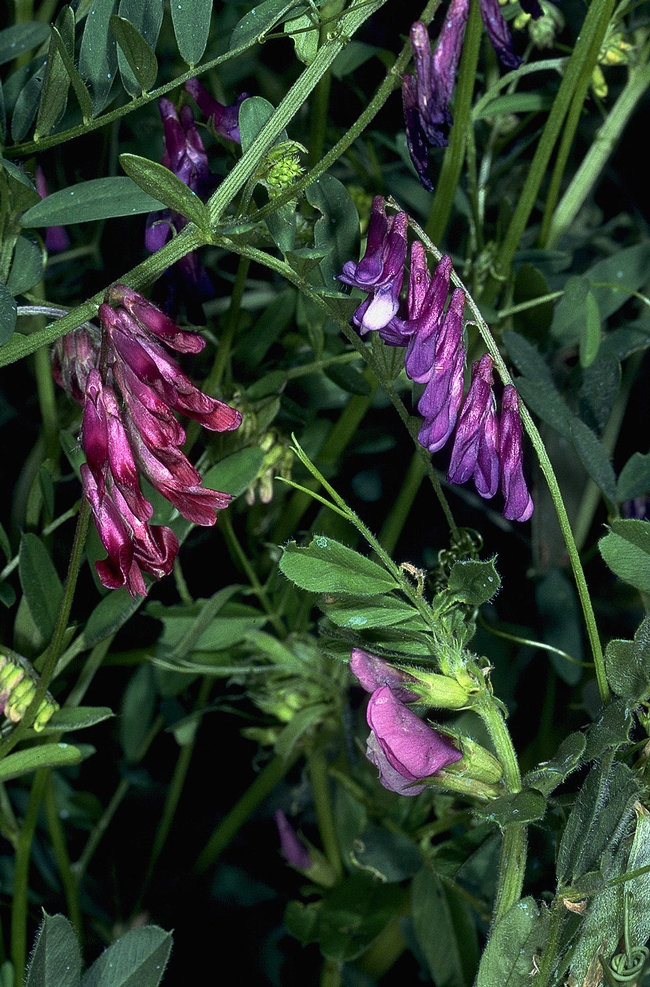
You may be thinking that your tiny garden is not big enough for cover cropping, or your year-round vegetable garden has no empty space for this practice, but consider the fact that a low-growing cover crop like Dutch white clover can be sown in between the rows of your fall or winter garden crops. In the spring, you can cut the clover, compost the tops or use them as mulch, and plant your summer garden among the roots, which you leave in the ground. Plant clover again in the empty rows after you remove your winter garden, as white clover tolerates summer heat with minimal irrigation. Clovers, like other legumes, add nitrogen to the soil through a symbiotic relationship with bacteria that inhabit nodules on their roots, Rhizobium spp. Rhizobial bacteria “fix” or “grab” nitrogen from air in the soil and convert it into a form (ammonium) that plants can use. Once the clover plant dies, the root nodules release their nitrogen into the soil, so it is important to leave the roots in the ground. One additional note: make sure that the clover seed you buy is inoculated with the bacteria Rhizobium spp.
Feeding your soil and choosing the right plant for the right spot in your garden are two sustainable gardening practices, but there are many more! Sustainable gardening practices support the effort to work with nature rather than against it, right at home in your own garden. In the words of author Michael Pollan, “The garden suggests there might be a place where we can meet nature halfway.”
The UC Master Gardeners of Butte County are part of the University of California Cooperative Extension (UCCE) system. To learn more about us and our upcoming events, and for help with gardening in our area, visit our website. If you have a gardening question or problem, email the Hotline at mgbutte@ucanr.edu (preferred) or call (530) 538-7201.
Does growing a vegetable garden sound like something you'd like to do, but you don't feel confident or equipped to do it? Well, here's the deal: find some dirt, and then add plants. It's that simple. With the advent of the coronavirus pandemic, food insecurity, and the general chaos that so many of us are living with these days, lots of people who weren't gardening before are now thinking about it.
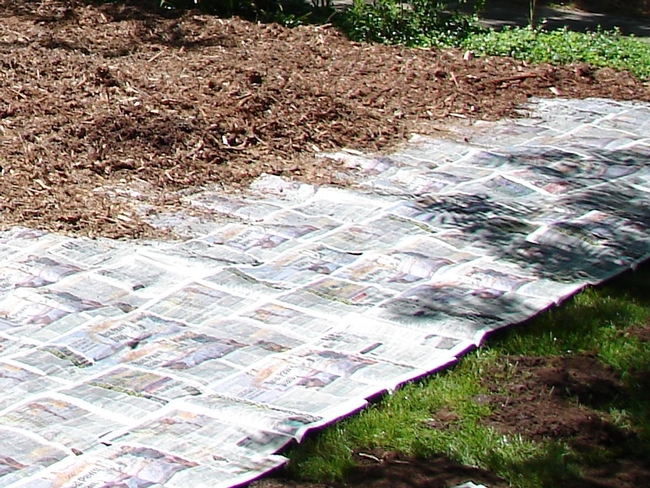
Soil is comprised of four things: minerals (from decomposed rock), air, water, and organic matter. The organic material originates from living organisms (or stuff that was once alive). A single teaspoon of soil may contain as many as 4 billion bacteria; 1 million fungi; 20 million actinomycetes; and 300,000 algae. All of these beneficial microorganisms, along with friendly earthworms, work to produce healthy soil. Even though soil is packed with minerals, organic matter and microscopic critters, it still has pores which hold water and air. It's not surprising to find water there, but why air? Plant roots and most microorganisms “breathe,” and the soil takes in oxygen and releases carbon dioxide. The ideal soil composition for growing plants is 45% minerals, 5% organic materials, 25% water and 25% air.
Now consider the soil you are eying for your potential vegetable garden. About half of most soil consists of minerals. Soil minerals are categorized by size: sand particles are the biggest, silt is medium-sized, and clay particles are the smallest. Soil texture accordingly falls into those three general categories: coarse (sand), medium (silt), and fine (clay). The best soil for home gardens is a medium-textured “loam,” which means it has a relative balance of sand, silt and clay with 5 to 10% organic matter.
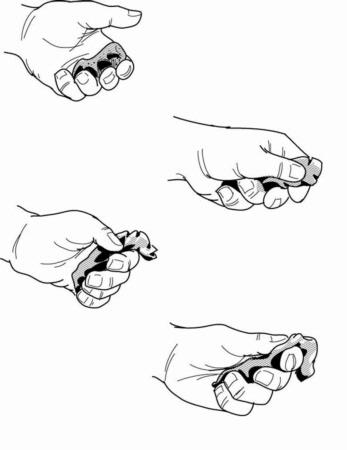
As you hold your own soil in your hands, you may already be able to tell whether it has a favorable texture. The appearance of your dirt when it's dry can offer clues, too. Does it shrink and crack into blocky structures? That would be clay. When you add water, does the water puddle easily (clay) or drain quickly (sand)? Even if you're not blessed with a perfect, loamy soil, that's ok. A sticky clay soil may be harder to work with, but clay plays a crucial role in soil fertility, so clay soil is often rich and holds moisture well. A sandy soil is less able to retain moisture and nutrients, but it's easier to work with. Fortunately, there are steps you can take to improve your soil so that it moves away from the extremes and closer to a balanced loam.
Your objective is to give your soil some tender loving care, and your soil will return the favor by giving you healthier plants and better produce. Your soil's texture and mineral composition is what it is, but one element that can be altered is its percentage of organic material. No matter what kind of soil you have, adding organic matter will make it better. Organic materials include grass clippings, fallen leaves, straw, wood chips, bark, hulls, plant clippings (chopped small), and everyone's favorite -- manure. Now, here's an important point: it takes time for the organic materials to enrich the soil by breaking down and releasing nutrients that become usable by plants. So, what's the best and quickest way to get those things into your soil? Compost. Compost consists of organic matter that is already decomposing; as it mixes into the soil it continues to decompose slowly, releasing nutrients to plants and improving soil texture. Compost costs money, but you can also make your own in as little as two to three weeks at little or no cost. (For instructions on DIY compost, see “Compost in a Hurry.”
Maybe you're thinking, why can't I just throw on my leaves or grass clippings and dig them in? You can do that, but unfortunately, that reduces nitrogen (the nutrient plants need most) for a while because the soil microorganisms compete with your plants for nitrogen as the microbes decompose those grass clippings and leaves. You would still need to add some nitrogen fertilizer. The next best thing to do with your organic material (if you're not using a compost bin) is to turn it into mulch.
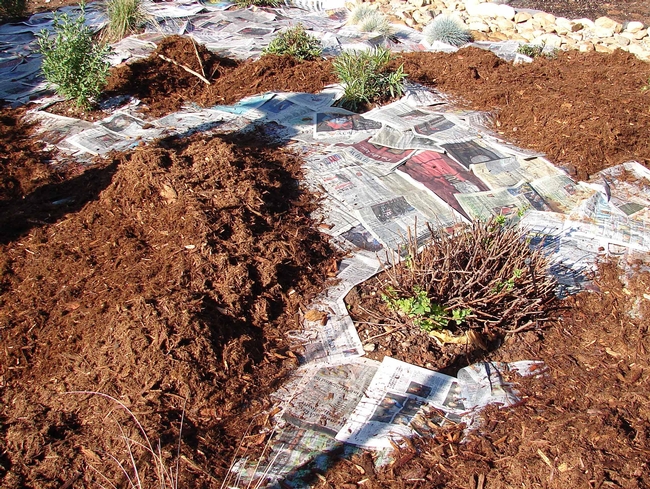
Remember that front lawn you're thinking you could convert into a vegetable garden? Sheet mulching is one way you can get rid of the grass, so you can eventually get down to planting vegetables. Cover it, mulch it, forget about it. If you want to learn more about lawn removal, including specifics for sheet mulching see the Real Dirt article on Lawn Removal: Do it Right.
Healthy soil produces healthy plants, and mulching and composting are two ways to turn your dirt into the rich soil that gardeners dream about. Even better, they require no chemicals, and you won't have to spend any money if you're resourceful. In times like these, it's good to know you can get started gardening without emptying your wallet. It's simple. Find some dirt and make it better!
Source: Information on soil composition is from Ben Faber et al. “Soil and Fertilizer Management.” California Master Gardener Handbook, University of California Division of Agriculture and Natural Resources, 2015, pp. 37–81.
The UC Master Gardeners of Butte County are part of the University of California Cooperative Extension (UCCE) system. To learn more about us and our upcoming events, and for help with gardening in our area, visit our website. If you have a gardening question or problem, email the Hotline at mgbutte@ucanr.edu (preferred) or call (530) 538-7201.


